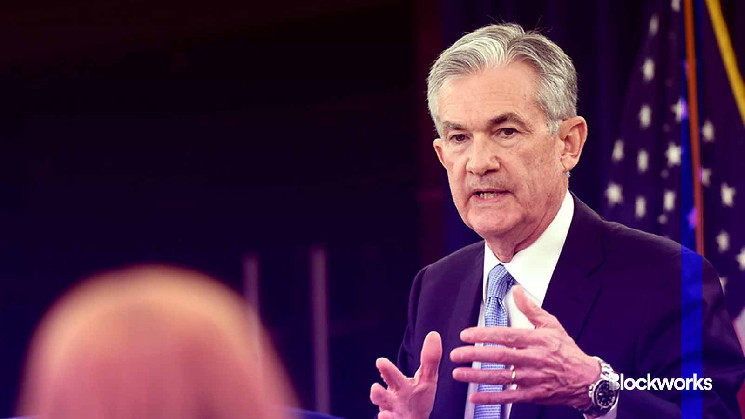In a largely anticipated move, the Federal Reserve chose to maintain interest rates at their existing level on Wednesday following the Federal Open Market Committee two-day policy meeting.
The rate hike pause marks the central bank’s fourth since consecutively raising interest rates from March 2022 to July 2023. Persistent inflation and continued high labor demand contributed to central bankers’ decision to hold rates, they said.
“The Committee judges that the risks to achieving its employment and inflation goals are moving into better balance,” Wednesday’s statement read. “The economic outlook is uncertain, and the Committee remains highly attentive to inflation risks.”
The Fed is looking for consistency before it opts to start pulling rates lower, Chair Jerome Powell said Wednesday during a press conference, adding that current data is solid, but it’s a trend that needs to continue.
“We want to see more good data,” Powell said. “We have six months of good inflation data. The question really is, [is] that six months of good inflation data, is it sending us a true signal that we are in fact on a path, a sustainable path down to 2%?”
Stocks and cryptocurrencies slipped on the news. Bitcoin (BTC) pared gains from earlier in the day and dipped around 0.8% after the Fed released the update at 2 pm ET. The largest crypto is still up around 0.5% over the past 24 hours.
Ether (ETH) extended losses Wednesday afternoon, losing around 1% in the half hour following the rate decision announcement and trading 1.2% lower over 24 hours.
The Nasdaq Composite and S&P 500 indexes initially faltered before recovering some losses Wednesday afternoon. Both were still trading 0.9% and 0.5%, respectively, over 24 hours at time of publication.
Analysts will be looking for signs from Powell and other central bankers about when rate cuts may begin. Markets on Wednesday expected a 47% chance a rate cut will come in March, according to data from CME Group.
“The decision of when to start cutting rates is arguably a more important and delicate one than interest rate increases, so the next two months of economic data will be crucial to watch,” Oliver Rust, head of product at economic data aggregator Truflation, said.
Labor market data and inflation numbers will still be the figures to watch, Powell said when asked about the timeline for bringing rates lower.
“If we saw an unexpected weakening in…certainly in the labor market, that would certainly weigh in on cutting sooner,” Powell said. “Absolutely. And if we saw inflation being stickier or higher, those sorts of things would argue for moving later.”
Read the full article here

